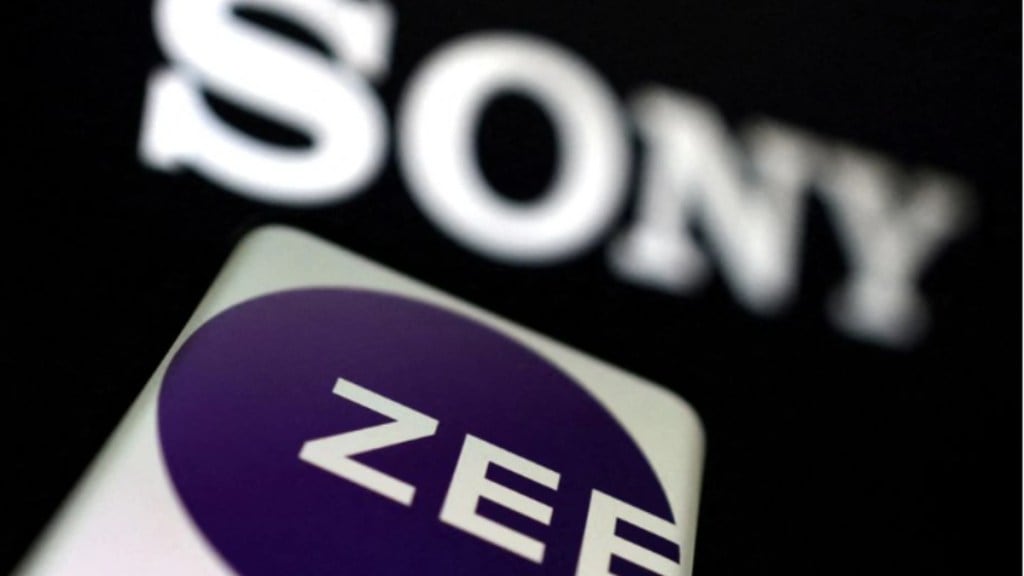The National Company Law Tribunal’s (NCLT’s) approval for the merger between Zee Entertainment and Culver Max Entertainment (earlier known as Sony Pictures) will pave the way for a media giant that will own over 70 TV channels, two video streaming services (ZEE5 and Sony LIV) and two film studios (Zee Studios and Sony Pictures Films India).
It will be the largest entertainment network in India, with Disney Star being its closest rival. As per BARC data for FY23, the merged entity will have a 36% television viewership market share in the Hindi GEC general entertainment segment and 33% in Hindi movies channels.
The merger will bring revenue synergies of 3-4% for the merged entity, ZEEL chief Punit Goenka had said during the Q2FY23 earnings call. On a standalone basis, ZEEL’s revenue will see synergy benefits of 6%, he had said.
“It’s a battle for survival for television networks now,” says a senior distribution executive with a leading TV broadcast network. “The whole pay-TV model is under strain; the distribution platform operators (DPOs) are under pressure, so the existing players are all wondering where will the next phase of growth come from. Any consolidation will lead to hardening of the market and this merger will offer considerable benefits of scale to the merged entity.”
Sony and Zee had decided to merge their TV channels, streaming platforms, programme library and film assets in 2021. But the deal could not go through because of multiple hurdles, including a legal battle with lenders over loan defaults and the possibility of stock exchanges reconsidering their approvals.
Entertainment industry experts say the merger will improve their showing in three areas. One, it will strengthen their OTT play nationally. Both ZEE5 and SonyLIV have a strong presence in the Hindi heartland, with global players Netflix and Prime Video viewed as more urban offerings.
Second, the combined network will improve its score in the sports segment. Thanks to IPL, Disney+ Hotstar’s share of the TV advertising pie is close to three times that of ZEE5 and SonyLIV put together.
Third, they can now look at improving their subscription base. “Back of the envelope calculations by media experts suggest the merged entity can look at a 10-15% growth in their existing subscription revenue,” says a media analyst.
Investment is content acquisition and production will also become streamlined. “Earlier the two were acquiring movie rights separately. As a single entity, they will have better bargaining power,” says a media expert.
That said, under Trai’s new tariff order (NTO) regime, every element — from channel/bouquet rates to carriage fees — is regulated. So will not be easy for a broadcaster to take undue advantage from either scale or reach. Simply put, in the pre-NTO regime, broadcasters and DPOs cut their own deals but in the new regime, pricing is uniform across platforms with the discounts and commissions offered by the broadcasters to the DPOs capped at 35%.

